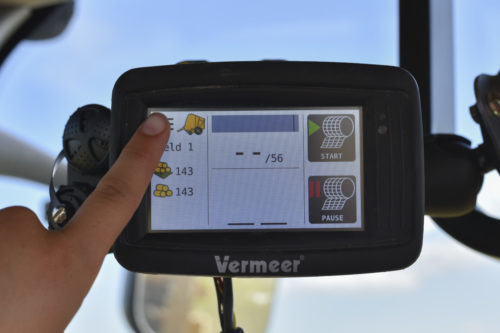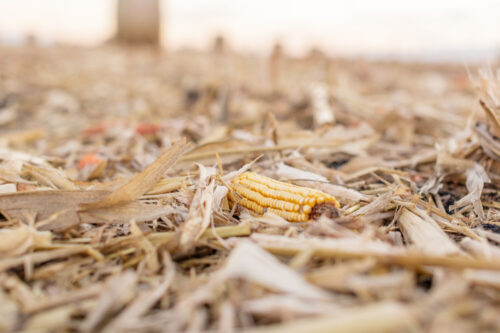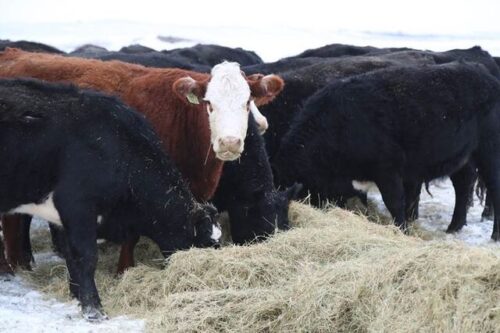How to Use a Tedder: Why and When to Ted a Field
January 2018
While tedders were somewhat of a rarity in the field 10 to 15 years ago, today they are popping up in fields across America. Vermeer Makin’ Hay Minute host Bryan Setzer talks with forage expert Tim Schnakenberg, Agronomy Specialist from the University of Missouri Extension, about how to use a tedder, where and when it should be done and the advantages to tedding your hay and forage crops.
What is tedding?
Tedding is a way to help shorten dry down time between cutting and baling. Research shows that it can help speed up the haymaking process by 20 to 30 percent.
What crops benefits from tedding?
Tedding is a great fit for grass crops. Tedding can benefit bermuda grass, crab grass, tall fescue and orchard grass. Some of this is weather dependent, but there are times where it really pays off.
On the other hand, avoid tedding an alfalfa field or other legume crops, unless it is a salvage situation. Tedding may not be as beneficial for leafy crops.
Learn more about tedding from our Everything You Need to Know About Hay Tedders article.






